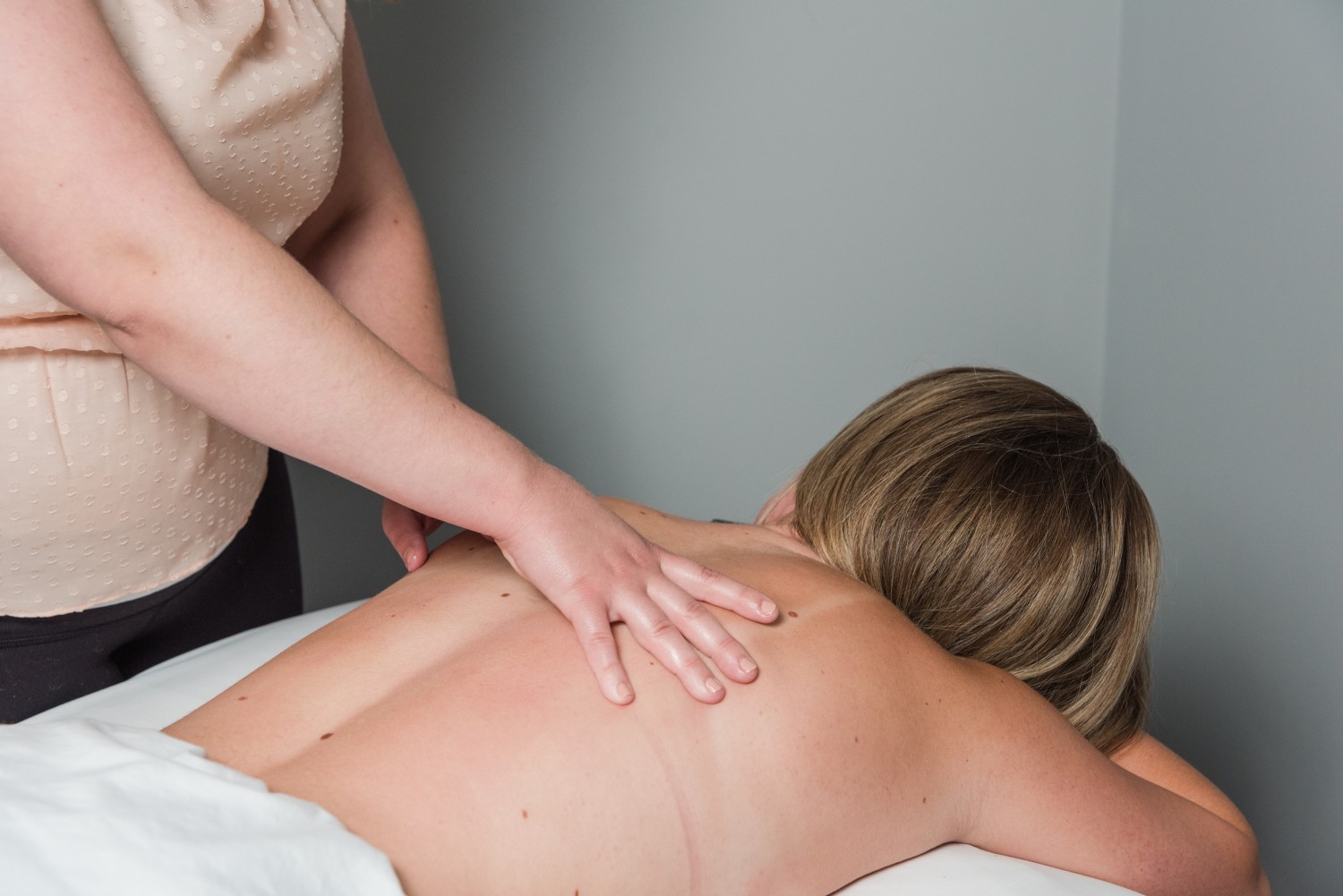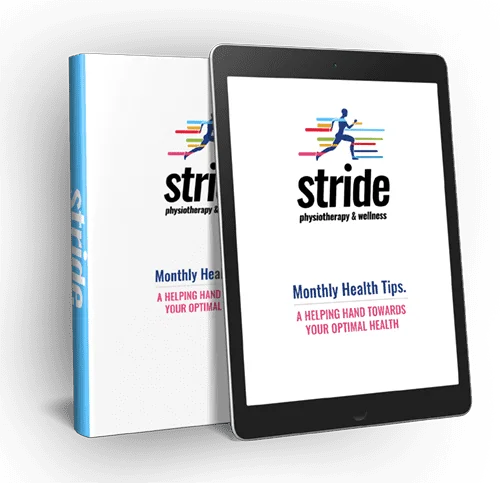Home Remedies for Tension Headaches or Migraines
By: Cheyanne Heyn, Registered Massage Therapist
Many of our clients suffer from tension headaches or migraines. Subsequently, it is difficult to differentiate between the two, and the pain can intense.
Here are some facts about headaches and migraines and the differences between them.
What are Tension Headaches?
– Up to 63% of men and up to 86% of women experience tension headaches.
– Chronic tension headaches occur in 3% of people.
– There is a family history in 40-50% of these headache sufferers.
– Tension headaches often begin in early adulthood.
– 004% of all headaches are due to a serious problem.
What a Tension Headache Feels Like
– Pain is on both sides of the head and is constant. The pain can be described as dull or like your head is in a vice grip.
– Pain is felt in the neck, forehead, back of the head, shoulders, and sometimes into the jaw.
– The headache can last from 30 minutes to weeks. Chronic tension headaches last for more than 15 days.
– These headaches typically begin in the afternoon, after tight muscles have been activated.
– Potential associated symptoms are as follows: muscle tenderness, stiffness, loss of appetite, nausea, vertigo, and ringing in the ears.
– Aggravating factors for tension headaches include stress, fatigue, cold temperatures, low blood sugar, poor posture, and decreased range of motion in head and neck.
Migraine Statistics
– 25% of women and 8% of men are affected by migraines.
– There is a family history in 70% of those who suffer from migraines.
– These headaches can begin in childhood, adolescence, or early adulthood.
– Migraines affect 5% of children.
– In early childhood, more boys are affected, and in adolescence, girls are more affected.
What a Migraine Feels Like
– The pain can feel like your head is pulsating, with moderate to severe intensity.
– Pain is on one side of the head 60% of the time, and often begins as a dull ache or sensation of pressure. This gradually localizes to one place. Intensity then increases over several minutes or hours.
– Pain locations can include on the sides of the head, neck, ears and behind the eyes.
– Physical exertion may worsen symptoms.
– Frequency is rarely greater than once per week.
– Symptoms last for 4-72 hours.
– The onset of migraines is variable, with early morning onset being the most common.
– Potential associated symptoms: muscle soreness, hypersensitivity to light (photophobia) or sound (phonophobia), temporary vision loss, seeing spots or flashing lights, autonomic nervous system dysfunctions (nausea, vomiting, diarrhea), cold extremities and sweating.
– Usually, the headache resolves over several hours during sleep or rest. However, there may be vomiting or intense emotional release abruptly ending the migraine.
Home Remedies for Your Headache Pain!
– Rest and change positions.
– Apply a cold pack to your head/neck and heat to your feet (during a – headache).
– Apply heat to your neck, back, and jaw muscles (in-between headaches).
– Try some self-massage on your neck and upper back muscles (or use a foam roller or lacrosse ball).
– Perform slow and pain-free stretches of the neck.
– Apply peppermint oil to temples, back of neck and/or add into your shampoo during headaches.
– Massage and gentle hair pulling to loosen the scalp.
– Prioritize self-care (bubble baths, massage, facials).
– Drink 8 cups of water every day.
– Aim for 8+ hours of sleep.
If you need additional information, a consult or help managing your headaches then please feel free to reach out to one of our team members at Stride! You can book your appointment online by clicking here.
Stay healthy, stay happy.




